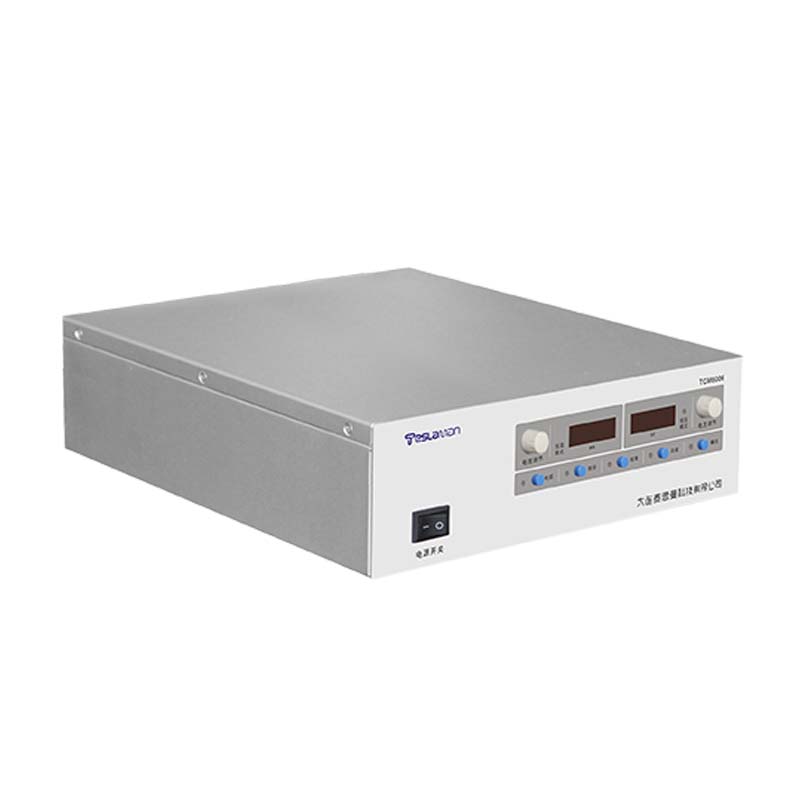Optimization of R&D Team Incentive Mechanisms for High-Voltage Power Supply Companies
Introduction
High-voltage power supply R&D has the characteristics of long cycles (6–18 months), high technical barriers (involving high-voltage insulation, power electronics, and control systems), and high resource investment. A scientific incentive mechanism is essential to stimulate the innovation enthusiasm of R&D teams, accelerate technology iteration, and improve the company’s core competitiveness.
Optimization Strategies
Short-term incentive mechanisms are focused on project milestones. The R&D process is divided into clear stages (e.g., technical feasibility verification, prototype development, performance testing) with measurable indicators (e.g., prototype efficiency ≥92%, breakdown voltage meeting design requirements). Upon the completion of each milestone, a bonus equivalent to 5–8% of the team’s monthly salary is awarded. For projects completed ahead of schedule (by ≥20%), an additional "efficiency bonus" is provided to reward time management and technical proficiency.
Mid-term incentives emphasize skill improvement and knowledge sharing. The company allocates an annual R&D training fund (accounting for 3–5% of the R&D budget) to support team members in participating in professional conferences (e.g., IEEE Power Electronics Society Conferences) and specialized training courses (e.g., high-voltage insulation design, advanced control algorithm training). Employees who obtain industry-recognized certifications (e.g., Certified Power Electronics Professional) receive a salary increase of 8–10%. Additionally, a "knowledge sharing platform" is established, where team members who deliver technical lectures or publish internal technical papers are awarded points that can be exchanged for bonuses or additional vacation days.
Long-term incentives are linked to technological achievements and company development. For R&D results that are successfully applied to products and generate sales revenue, the team receives a "royalty bonus"—0.5–1% of the product’s annual sales revenue for 3–5 years. Core R&D personnel are eligible for equity incentives, with the number of shares determined by their contribution to key technologies (e.g., leading the development of a new high-efficiency topology). This binds the personal interests of employees to the long-term development of the company.
Application Outcomes
After implementing the optimized incentive mechanism, a high-voltage power supply company saw its R&D cycle shortened by 22% (from an average of 12 months to 9.4 months), the number of patent applications increased by 35% annually, and the retention rate of core R&D personnel rose from 75% to 92%. These results demonstrate that the incentive mechanism effectively enhances the team’s innovation capability and stability.




















